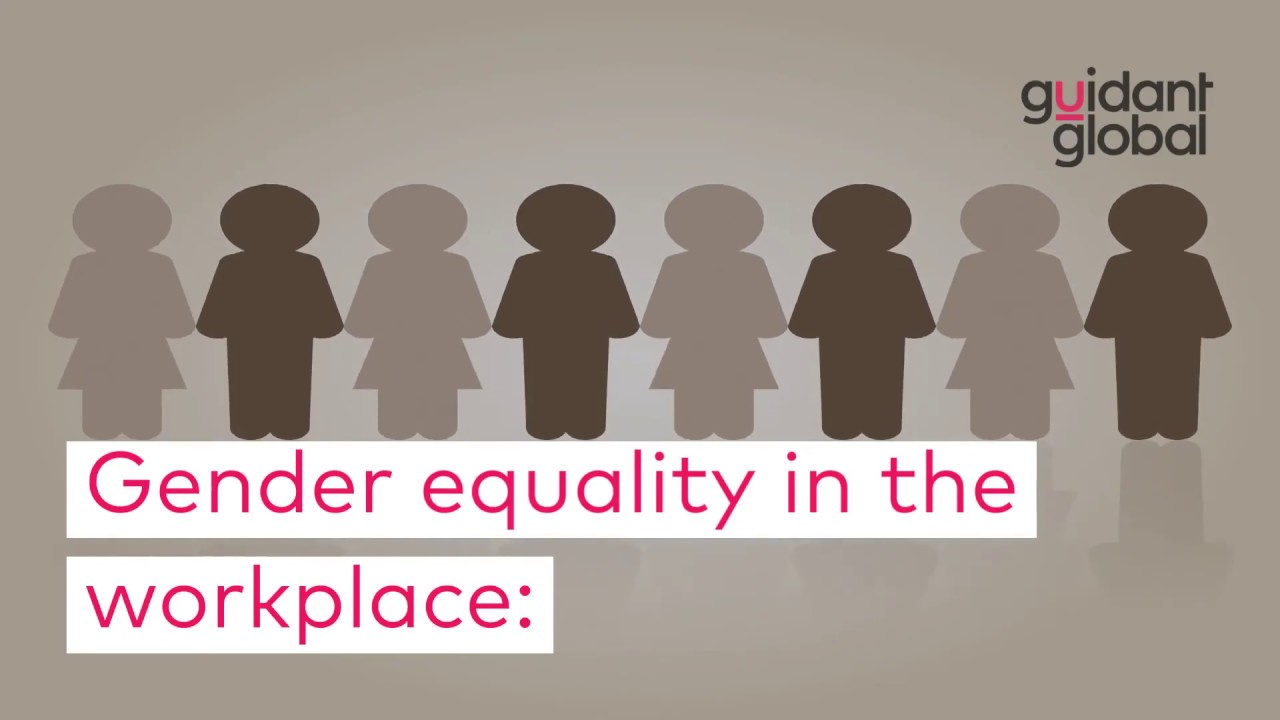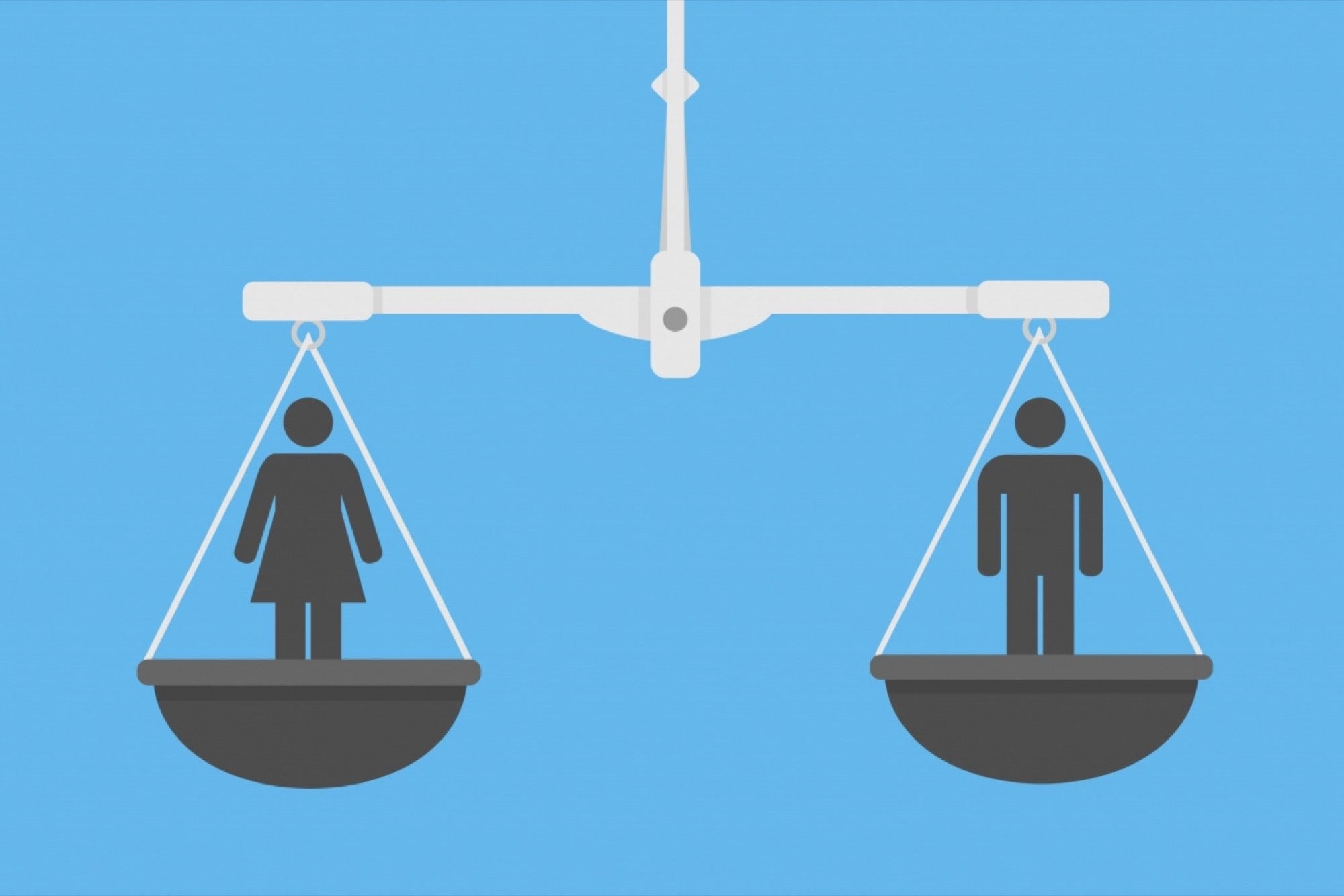Gender Inequality - Breakdown Of Its Effects At Workplace And Organizational Structures
As a comparatively more regulated and reported aspect of our lives than the home or society at large, this is probably one of the most familiar contexts for recognising gender inequality. Much of the equality-related legislation has been concentrated in this area.
Following education, workplace equality is one of the most important ways to achieve independence, economic security and well-being, status, a sense of professional accomplishment, and personal growth. Women's roles have traditionally been seen as more focused on the domestic sphere, but women are now playing a larger role in the workplace, as we have seen.
In many countries, men and women have similar workplace participation rates, but differences emerge when we look at where they work (e.g., which industries), their levels of seniority and pay, and the types of contracts they hold, all of which have implications for job security and benefits.
We looked into the factors that contribute to workplace inequality, as well as the nature of inequality in HR policies, decisions, and implementation.
Where Are We Today?
Based on the current rate of progress, the Global Gender Gap Report 20201 estimates that gender equality will take another 100 years to achieve. This forecast has been widely used as a form of shock therapy to compel governments, NGOs, trade associations, investors, and corporations to take action. Efforts will have to be doubled in the face of the Covid-19 pandemic and the economic crisis if we are to avoid losing another ten years in achieving gender equality.
Economic downturns, based on past experience, not only disproportionately affect women, but also cause gender equality issues to fall off the political and corporate agendas. Women make up 39% of the global workforce, but 54% of job losses were reported in May 2020. Women are also over-represented in industries that are hardest hit by the pandemic, such as hospitality and food services, exacerbating inequalities. Because of the intersections of gender with race, ethnicity, religion, class, ability, sexuality, and other identity markers, certain groups of women are disproportionately affected by these inequalities.
How Is Discrimination In HR Related Practices?
Human resource management refers to a set of organizational practices for managing employees and ensuring that they meet organizational objectives. HR functions include recruitment, performance evaluation, succession planning, and training. Employees' access to valuable rewards and outcomes, as well as their treatment, are all determined by HR practices.
Institutional Discrimination In HR Policy
Human resource policies that are inherently biased against a group of people, regardless of their job-related knowledge, skills, abilities, or performance, are referred to as institutional discrimination. Institutional discrimination against women can occur in every type of HR policy, from the recruitment and selection of an individual into an organization to his or her role assignments, training, pay, performance evaluations, promotion, and termination. Women are systematically discriminated against, albeit unintentionally, if women are underrepresented in a particular educational program or job type, and those credentials or previous job experience are required to be considered for selection.

Gender equality in the workplace
Personal Discrimination In HR-Related Decision-Making
HR decision-makers use social cognition to evaluate the competence, potential, and deservingness of others. Personal biases influence HR decisions, as they do all forms of social cognition. Women's pay and job opportunities are influenced by HR decisions. At any stage of the HR decision-making process, including recruitment and selection, role assignments, training opportunities, pay, performance evaluation, promotion, and termination, organizational decision-makers can discriminate against women.
Personal Discrimination In HR Enactment
HR enactment occurs when current or prospective employees go through HR processes or receive feedback from organizational decision-makers on their HR-related issues. When HR decision-makers send sexist messages to employees, personal gender discrimination can occur. Gender harassment refers to a wide range of verbal and nonverbal actions directed at women that are sexist, insulting, or hostile.
How Does Organizational Structures Affect HR Practices?
Leadership is a method of influencing others in order to achieve organizational goals. Leaders set the priorities for the company and communicate them to all employees. When women are underrepresented in leadership positions compared to men, especially when women are well-represented at lower levels within an organization, this is a sign of institutional gender inequality.
How Does Sexism Affect Organizational Decision Makers Conduct HR Practices?
Others have investigated how men's attitudes toward women influence workplace discrimination. Stereotyping processes could be one reason for women being discriminated against in male-dominated jobs and being relegated to the "pink ghetto." One of the most powerful schemas that people activate when meeting others is gender stereotypes, or expectations of what women and men should be like. Men and women will be evaluated differently for many jobs. The success expectations of stereotyped-group members can influence gender discrimination in HR-related decisions and enforcement.
How Can Organizational Structures Affect Organizational Decision Makers’ Levels Of Sexism?
The work environments in which organizational decision-makers work should influence their attitudes toward men and women. Organizational decision-makers should exhibit higher levels of hostile and benevolent sexism when there are more gender inequalities in organizational structures, processes, and practices. This viewpoint is supported by the fact that individual values are frequently congruent with the values of one's workplace. As a result, more sexist people will be drawn to companies with more gender inequality in leadership, structure, strategy, culture, climate, and HR policy, and they will be considered a better fit during recruitment and selection.
How To Reduce Gender Discrimination In Organizations
Gender discrimination can be reduced by focusing on the following factors.
- Those in charge of making decisions in organizations.
- HR decision-making and implementation
- Human resources policies as well as closely related organizational structures, processes, and practices.
How To Reduce Gender Discrimination In HR Policy And Organizational Structures
Discrimination can be reduced by altering human resource policies. Consider how an organization's HR systems can be used to develop diversity initiatives aimed at changing the workforce's composition, such as policies to hire, retain, and develop employees from underrepresented groups. When the number of candidates chosen from a group differs significantly from the number of qualified candidates, action must be taken, such as targeted recruitment efforts.
How To Reduce Gender Discrimination In HR-Related Decision-Making And Enactment
Developing HR policies that standardize and objectify performance data is an effective way to reduce personal bias among organizational decision makers in HR practices, according to a large body of research. To reduce discrimination in personnel decisions (i.e., employee hiring and promotion decisions), a job analysis should be conducted to determine the appropriate knowledge skills and abilities needed for specific positions. This ensures that hiring decisions are based on accurate job knowledge rather than gender stereotypes.
How To Reduce Organizational Decision Makers’ Sexism
Targeting the hostile and benevolent sexist beliefs of organizational decision-makers is another way to reduce gender discrimination in HR decision-making and implementation. In interventions aimed at changing these beliefs, diversity training, such as a seminar, course, or workshop, is frequently used. This type of training typically consists of one or more sessions that include interactive discussions, lectures, and practical assignments. During the training, both men and women should learn about sexism and how gender roles are constructed in society.
People Also Ask
How Can We Reduce Gender Inequality?
Five Ways to Fight Gender Inequality
- End child marriage.
- Assure girls and women have access to menstrual health facilities.
- End violence and sexual assault against women.
- Give women platforms to be in power and achieve economic success.
- Give girls access to education.
What Is The Importance Of Gender Equality?
Gender equality prevents violence against women and girls. It's essential for economic prosperity. Societies that value women and men as equal are safer and healthier. Gender equality is a human right.
How Does Gender Inequality Affect Development?
Men who are less able than women have better access to education, political, social and economic resources, and the labour market, and therefore to economic opportunities. Thus productivity, capital accumulation, technological progress and the institutional framework of production are all affected by gender inequality.
How Does Gender Inequality Affect Society?
Gender inequity has serious and long-lasting consequences for women and other marginalized genders. Exposure to violence, objectification, discrimination, and socioeconomic inequality can lead to anxiety, depression, low self-esteem, and PTSD.
Conclusion
Women's experiences in the workplace must also be recognized as heterogeneous, rather than being addressed as a single group. In order to address further the inequality that some women experience as a result of their intersecting identities, more efforts must be made to collect data on indicators such as race, ethnicity, caste, religion, disability, sexual orientation, and other identity markers. Women should eventually be recognized for their abilities, experience, and skills rather than being branded as diversity trophies, according to the conversation.

